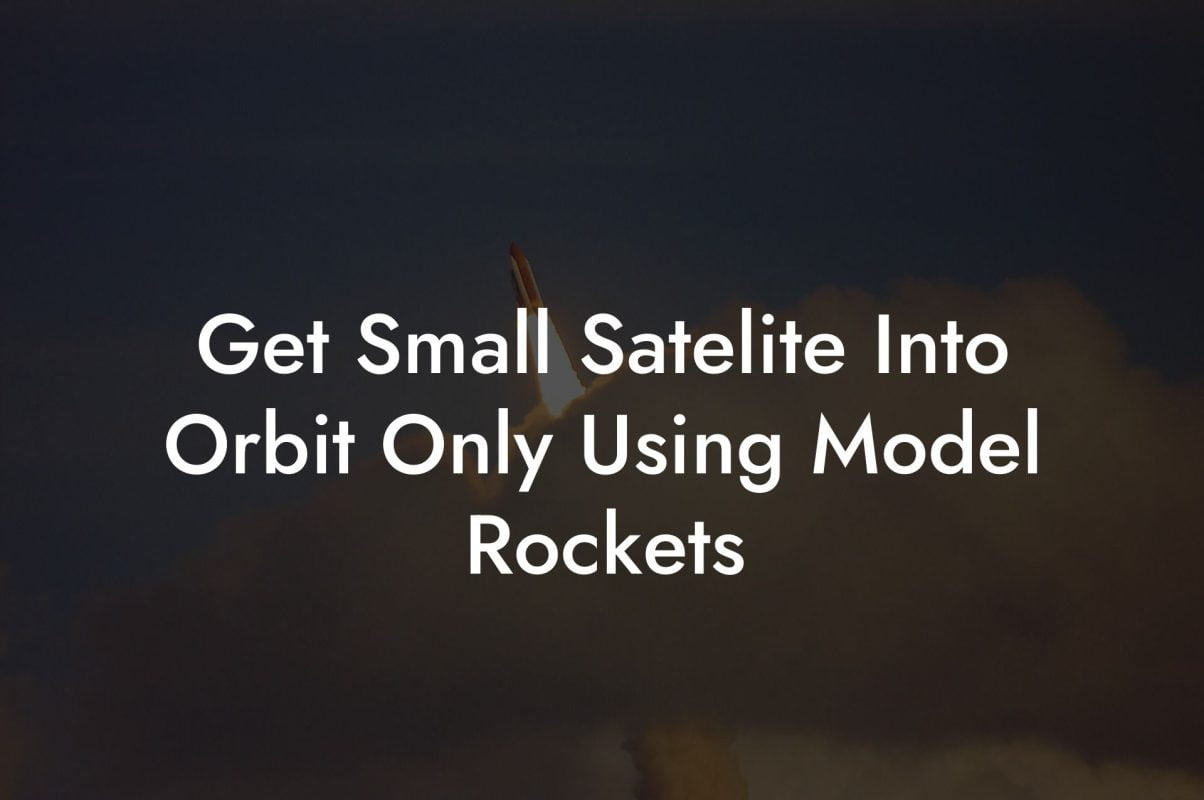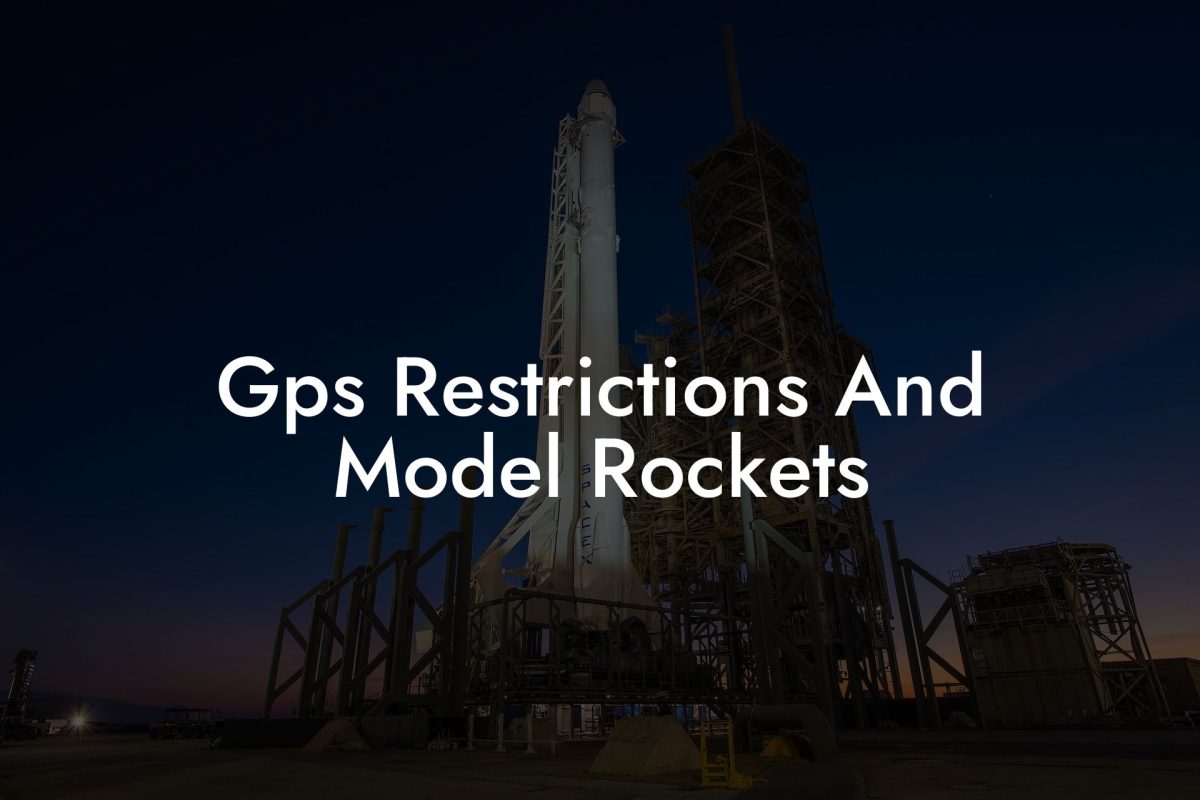Blast off into an exciting new world filled with adrenaline-pumping action and sky-high adventure! Discover everything you need to know about flying model rockets and how you can join in on this thrilling hobby. From fundamentals to expert tips, our comprehensive guide offers a step-by-step approach to exploring the fascinating world of model rocketry.
Understanding Model Rockets
Types of Model Rockets
Model rockets come in a variety of shapes and sizes. Here are some common types:
- Single-stage rockets: These rockets have only one engine and can reach altitudes of up to 1,000 feet.
- Multi-stage rockets: These rockets feature two or more engines that ignite sequentially, allowing them to reach much higher altitudes than single-stage rockets.
- Scale models: These rockets are miniature replicas of real-life rockets, such as the Saturn V or the Space Shuttle.
- Exotic designs: Some rocket enthusiasts enjoy creating and launching unusual and unique rocket designs, experimenting with various shapes and materials。
Required Components
Every model rocket needs the following components for a successful launch:
- Body tube: The main structure of the rocket, which houses the engine and payload.
- Engine: The power source for the rocket, which creates thrust through a controlled explosion of propellant.
- Recovery system: Usually a parachute or streamer, which helps the rocket return safely to the ground after flight.
- Fins: Stabilizers attached to the exterior of the rocket, which keep it flying straight and stable during flight.
- Nose cone: The aerodynamic tip of the rocket, designed to reduce air resistance during ascent.
- Launch pad: A stable platform from which the rocket is launched, often featuring a guide rod to ensure a straight ascent.
- Igniter: A small electric device that ignites the engine when connected to a launch controller.
Launching Your Model Rocket
Step 1: Prepare the Launch Site
To safely and legally launch your model rocket, follow these guidelines:
- Find an open, level, and unpopulated area free of vegetation, dry grass, or flammable materials.
- Ensure that the launch site is clear of overhead objects such as trees or power lines.
- Check local laws and regulations, as they may require permits or limit launch activities in certain areas.
- Inform bystanders and spectators about the launch and establish a safe viewing distance (at least 30 feet away for most model rockets).
Step 2: Follow Safety Practices
Adhering to safety practices is crucial to ensure a successful and accident-free launch. Remember the following tips:
- Always read and follow the manufacturer's instructions for your specific rocket.
- Wear eye protection when handling engines and igniters.
- Never attempt to modify or tamper with engines or other rocket components.
- Launch only on non-windy days with good visibility and no chance of rain or thunderstorms.
Step 3: Assemble the Rocket
If you're building your rocket from a kit, follow the included instructions. Pay close attention to the engine installation and recovery system setup to ensure a successful launch and return.
Step 4: Conduct a Pre-Launch Check
Before launching your rocket, perform a thorough inspection of all components, including:
- Engine installation and placement
- Recovery system functionality
- Launch pad stability and alignment
- Igniter connection and wiring
Step 5: Ready, Set, Launch!
Once everything is set, it's time to launch your model rocket! Follow these steps for a successful lift-off:
- Place the rocket on the launch pad and insert the igniter into the engine.
- Connect the igniter to the launch controller and move to a safe distance.
- Ensure all spectators are at a safe distance and announce the countdown.
- Press the launch button and watch your rocket soar into the sky!
Flying Model Rockets Tab Example:
Flying the Estes Alpha III Model Rocket
The Estes Alpha III is a popular entry-level model rocket designed for beginners. It features a single-stage engine and a parachute recovery system. To launch the Alpha III, follow these simple steps:
- Assemble the rocket according to the provided instructions in the kit.
- Insert a B6-4 engine into the engine mount and add a piece of recovery wadding above the engine.
- Fold the parachute and place it inside the body tube on top of the wadding.
- Attach the nose cone, ensuring a snug fit.
- Setup the launch pad, insert the igniter, and connect it to the launch controller.
- Ensure all spectators are at a safe distance and initiate the countdown.
- Press the launch button and enjoy the thrilling experience!
- After the flight, retrieve the rocket and inspect it for any damage or wear.
Congratulations, rocketeer! You're now well-equipped to embark on your exhilarating journey into the world of model rocketry. Remember, safety is of utmost importance, so always follow the best practices and never cut corners. We invite you to explore more amazing tips, guides, and expert insights right here at Austin Rockets. And if you found this guide valuable, don't forget to share it with your fellow rocket enthusiasts! Together, we can reach for the stars!













